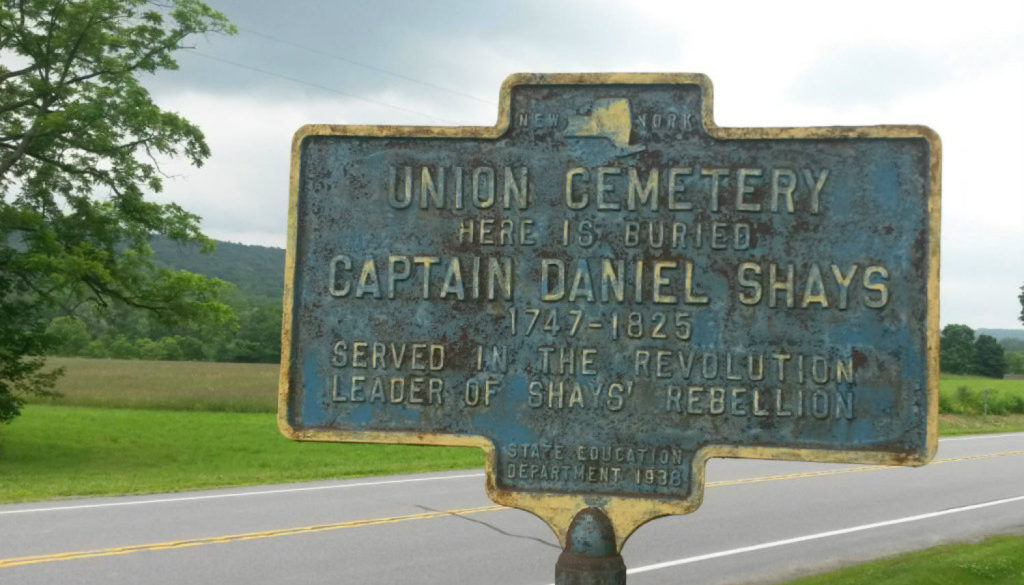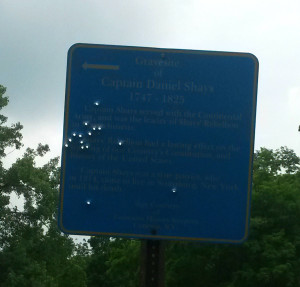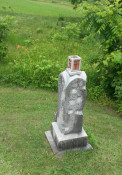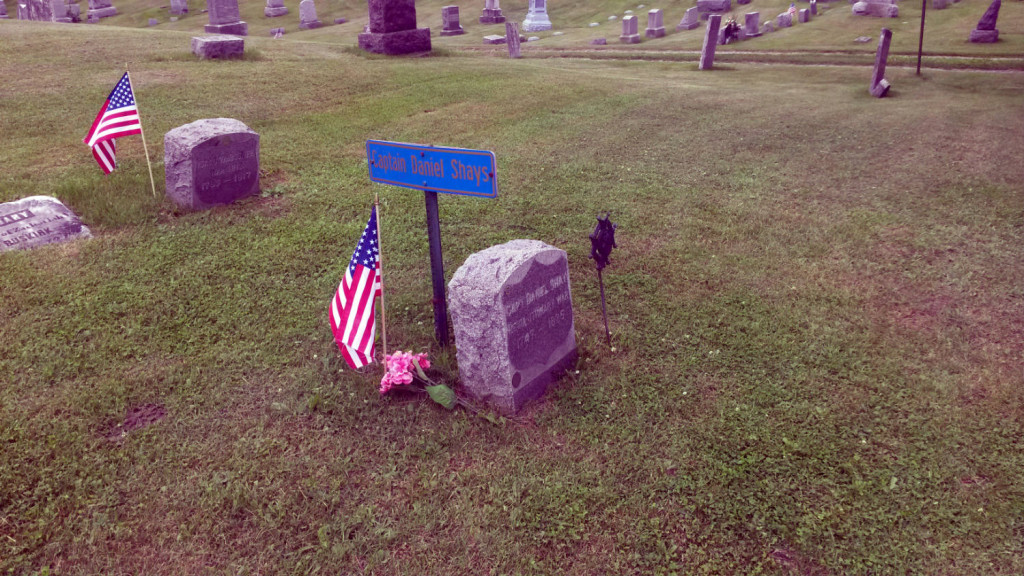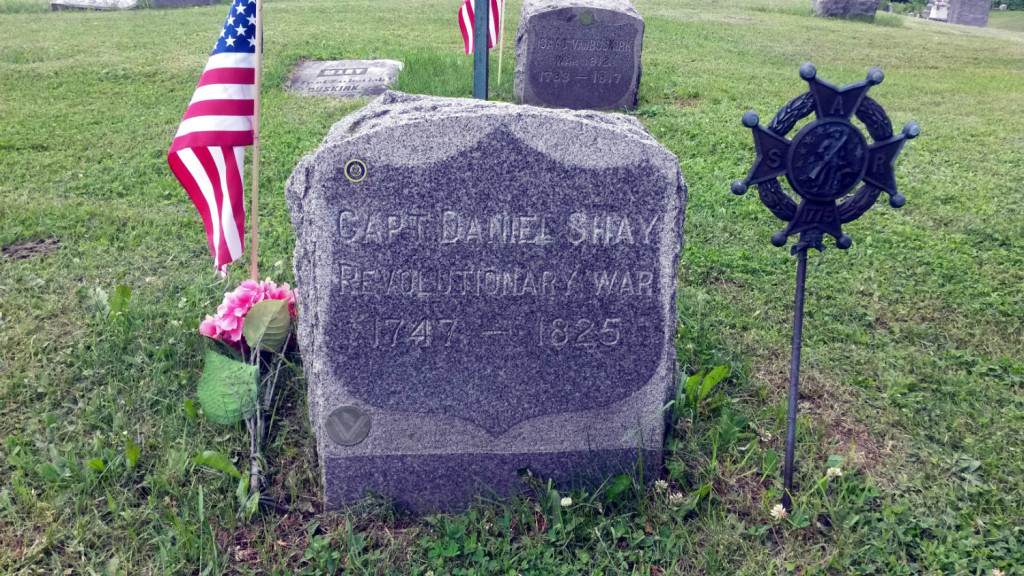Conesus and the Rebellious Captain
by Ann Stachowski
Conesus is a lovely little town on Rt 15 in Upstate New York, known locally for such things as Conesus Lake, turtlestones, and its absolutely incredible amount of dirt roads. The highway department is working indefatigably to make the roads more durable, but that’s really not the point. This site also knows Conesus for the amazing Mission over on Mission Rd. Conesus also has a memorial to the many sons sent off to our country’s wars, and these soldiers’ graves can be found throughout the local cemeteries.
What many people don’t know – including many longtime Conesus residents – is that the quiet little town has direct ties to a major rebellion in early American history. Daniel Shays lived in New England during the late Colonial period, and joined the Patriot cause early. He fought admirably and behaved himself well during the Revolutionary War, earning multiple promotions due to his conduct. Due in part to his actions at Saratoga and Stony Point, General Lafayette honored Captain Shays with a ceremonial sword.
Shortly after the American Revolution, Captain Shays felt the economic squeeze shared by many of his fellow Massachusetts residents – in fact, many of the veterans of the war. Captain Shays had to sell his ceremonial sword to help make ends meet, and criticism of that act led him to resign his commission in 1880.
Shays was not the only person in trouble when the federal government failed to enact debtor relief or constitutional reforms. Thousands of Massachusetts men, calling themselves the Regulators, marched on Massachusetts courts in protest of the government’s perceived indifference to their plight. Right around this time is when Captain Daniel Shays stepped in as a leader, he acted as a spokesman for the Regulators, making their wishes well-known in the face of legislative censure.
In the end, Shays Rebellion, as the name suggests, ended in blood. Daniel Shays went into hiding, a fugitive from the law due to his leadership of the rebellion. He and his wife, Abigail, moved from town to town, not staying anywhere very long lest the charges of high treason catch up with them.
With an eye to the Constitutional Convention in Philadelphia, the participants in the Regulators and the Rebellion were pardoned. Daniel Shays came out of hiding and settled in Conesus, NY. As a widower who could not hold gainful employment, Captain Shays wrote to Congress to claim his pension benefits from the federal government – which they duly paid.
Now, the town of Conesus has its own published history, written by William P. Boyd in 1977. Mr. Boyd goes to very great lengths to separate Conesus from the living Captain, while clearly noting that his grave is within the Conesus borders.
When Daniel Shays died on September 29, 1825, he was buried in Scottsburg Union Cemetery. Not to give up too much, but I played in that cemetery as a child and never realized that the Captain is buried there until my mom reminded me. Of course, I had to go back and make sure she wasn’t making things up, so down Rt. 256 towards Dansville I went.
The Scottsburg Union Cemetery is a tranquil piece of land, and almost everyone there rests peacefully. As a rural cemetery with lots of bored people about, several signs and at least one headstone have been used for target practice. Thankfully, Captain Shays has escaped such misuse.
He rests in the center of the cemetery, well marked by Historical Society signs and U.S. Army insignia. There is even a small sign over his grave, perpendicular to his grave, in case you might miss his resting place on the first pass through. It’s a perfect place to sit and contemplate the oft-forgotten ties that small towns have with Great Events and Major Happenings of the world.
Ann Stachowski is a Finger Lakes girl, born in Rochester and raised on the hills around Conesus Lake. She spent six years at SUNY Brockport, and escaped with dual Bachelors in Psychology and History, and a Masters in American History. She currently lives outside of NYC with her husband, cat, and many toy dinosaurs.

